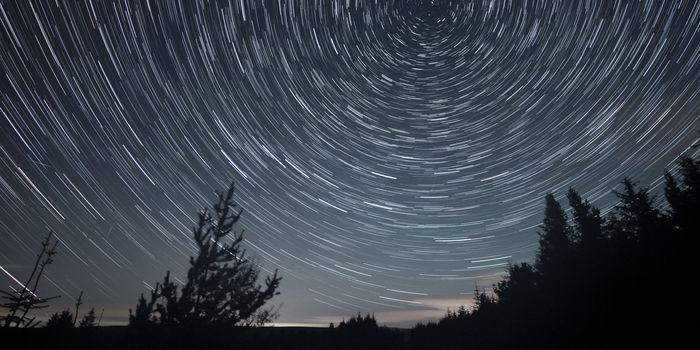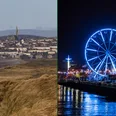Two Irish observatories have listed some incredible stargazing events happening over the next two months.
Studies have revealed that stargazing can actually promote aspects of positive mental health and well-being, and during a time when we’re all restricted in the stuff we can do and see, anyone looking for something very different (and potentially very pleasant!) will be happy to hear that there is a lot to see over the next two months or so… and all you have to do is look up.
The Armagh Observatory and Planetarium and OM Dark Sky Park and Observatory would normally be open to locals and tourists alike right now, but until we can safely all travel again, they have kindly listed out the exciting astrological events we can check out from our homes across the next two months or so:
January
- Early evenings in mid-January provide a chance to see the elusive Mercury, the closest planet to the Sun, and therefore the hardest to see. Look low down in the south-west about 30-45 minutes after your local sunset for a little twinkling point shining in the twilight glow. Mercury reaches its greatest elongation on January 24, which is when you will get the best view of the rocky planet.
- Periods when there is no bright moonlight give the best chance to see the beautiful Aurora Borealis, or Northern Lights, so any time in up to January 20th, and from approximately February 4 to February 20. But you’ll need a good clear view to the north, and a nice dark site. We never know when aurorae are going to appear, but websites such as www.spaceweather.com give short-notice predictions as best they can, and you can sign up for aurora alerts to your phone.
- Mars and the Moon are close together in the night sky on January 20 and 21. Mars is still visible throughout January but keep an eye out on the evening of the January 20, looking south-west for the Red Planet glowing to the upper left of the first quarter moon. The next night, you should see Mars a similar distance from the Moon, but to its upper right.
- The International Space Station (ISS) can be seen in the early evening skies from January 22 to February 3, looking like a very bright moving star, generally moving from the west over to the south, and sometimes on towards the east. The times vary each evening; visit www.heavens-above.com for up-to-date information.
February
- The red supergiant, Betelgeuse is sometimes called the Valentine’s Day Star, and is located on the shoulder of Orion the Hunter. Betelgeuse pulsates in size, expanding outward between the size of Mars’ orbit and Jupiter’s orbit. To us, it looks like it increases and decreases in brightness in the night sky. Some say it is reminiscent of a beating heart.
- If you follow the line of Orion’s belt up to the right you come to the bright orange star Aldebaran, ‘the Eye of the Bull, Taurus’, and going on a bit further you find the lovely star group called the Pleiades, or Seven Sisters – a fabulous sight in binoculars or a small telescope.
- If you follow the line of the belt down to the left you come to Sirius, the ‘Dog Star’, the brightest star in the sky, and also one of the closest, at ‘only’ 8.6 light years (80 million million km) away. And there are lots of other bright stars on view, like Procyon and Capella, and Castor and Pollux, the Heavenly Twins in Gemini.
- From the February 21 to 28, the International Space Station (ISS) will be visible in the early morning, so this is good for all you early risers. When we say early, we mean early. On February 25 it will be visible at 5:00am in the south-east. The other times are a little later, going from 5:45am to 6:30am. The ISS will look like a bright moving light moving from one side of the sky to the other.
For further info on visiting the observatories and more once restrictions have lifted, head right here.
READ NEXT: Ubisoft are making a new open-world Star Wars game





































